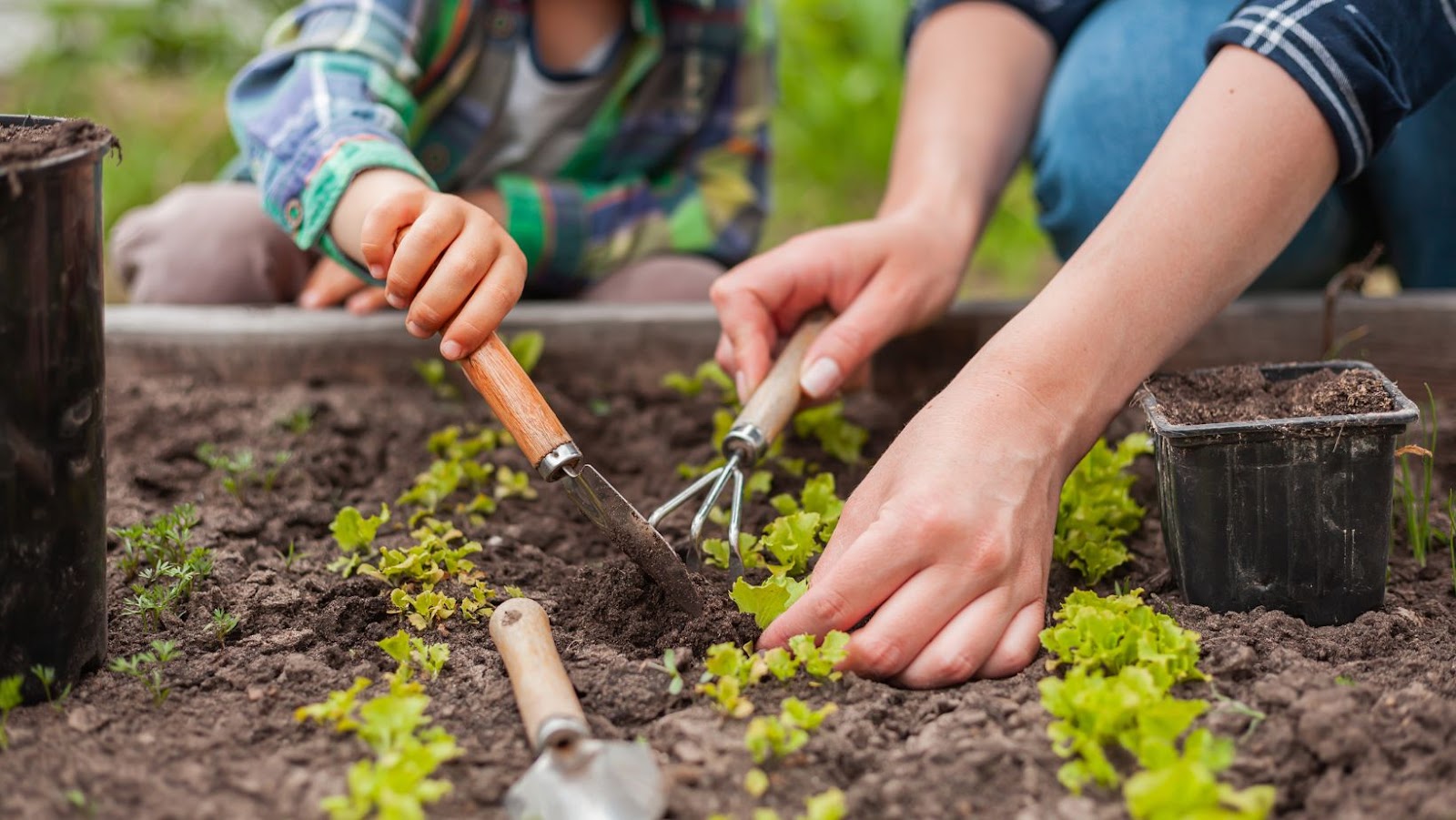Beginner’s Guide: Starting a Vegetable Garden in Your Backyard
How To Start A Vegetable Garden In Your Backyard
Embarking on the journey of creating a vegetable garden in your backyard brings a sense of connection to your food and an immense feeling of achievement. However, a successful garden doesn’t just happen—it requires thoughtful planning and a bit of know-how. This section delves into the crucial steps of choosing the right location, determining the garden’s size, and selecting vegetables suitable for growing in your backyard.
Choosing the Right Location
The first step in how to start a vegetable garden in your backyard is finding the perfect spot. Vegetables need plenty of sunlight to thrive, so a location that gets at least 6-8 hours of direct sunlight daily is ideal. Observe your yard throughout the day to identify such a spot. Additionally, consider the proximity to a water source. Ensuring easy access to water will make watering your garden less of a chore, especially during the hot summer months.
Determining the Size of Your Garden
The size of your garden plays a vital role in its manageability and success. For beginners, it’s advisable to start small—a 10×10 feet plot can already produce a considerable amount of vegetables. It’s better to feel proud of a small, thriving garden than overwhelmed by a large, unkempt one. Here’s a basic guideline for the size of a beginner’s garden:
| Garden Size (Feet) | Suggested Vegetables |
| 10 x 10 | Tomatoes, carrots, lettuce, beans |
Selecting Vegetables to Grow
Choosing the right vegetables to plant is pivotal. Consider the climate in your area and select plants that will flourish in your growing conditions. Starting with easy-to-grow vegetables like tomatoes, cucumbers, carrots, and lettuce can boost your confidence as a beginner. It’s also wise to think about what you and your family enjoy eating and include those vegetables in your garden.
For those with limited space, vertical gardening for crops like cucumbers and beans can be a space-efficient solution. Additionally, incorporating companion planting can help in pest control and increase yield. Here are a few vegetables that are popular among beginner gardeners, due to their ease of growing and general hardiness:
- Tomatoes
- Lettuce
- Carrots
- Beans
- Cucumbers
 Preparing the Soil
Preparing the Soil
When considering how to start a vegetable garden in your backyard, preparing the soil is a pivotal step toward success. Healthy soil encourages vigorous plant growth, yielding a bountiful harvest. It’s vital to take the time to properly prepare the garden bed, ensuring it provides the perfect foundation for your vegetables.
Testing and Amending the Soil
Before planting anything, it’s essential to test the soil to understand its condition. A soil test reveals crucial information such as pH level and nutrient content, including deficiencies in phosphorus, potassium, or nitrogen, which are vital for plant growth. Soil testing kits are readily available at garden centers or through local cooperative extensions.
Creating Raised Beds or Planting in the Ground
Once the soil test is complete and necessary amendments have been made, gardeners have the option to plant in raised beds or directly in the ground. Both methods have their advantages.
Raised beds are ideal for:
- Enhanced drainage and soil composition control
- Easing the strain on backs and knees
- Preventing soil compaction
- Extending the growing season due to warmer soil temperatures
To create a raised bed, construct a frame from wood, bricks, or blocks and fill it with a mixture of topsoil, compost, and other organic materials to create a rich planting medium.
Planting in the ground, on the other hand, requires less initial investment and can accommodate larger vegetable gardens. To prepare an in-ground garden:
- Remove weeds and debris.
- Till the soil to a depth of at least 12 inches to ease root penetration and improve drainage.
- Mix in ample amounts of organic matter to enhance soil fertility and structure.
 Planting Your Vegetables
Planting Your Vegetables
Embarking on the journey of how to start a vegetable garden in your backyard is both rewarding and enriching. With the groundwork of preparing the soil thoroughly covered, the path is now clear for planting your vegetables. Remember, the effort put into ensuring your soil is healthy sets the stage for the growth of vibrant and nutritious vegetables. Whether you choose to plant in raised beds or directly in the ground, the foundation you’ve laid will support your garden’s success. As you move forward, keep nurturing your soil and plants.